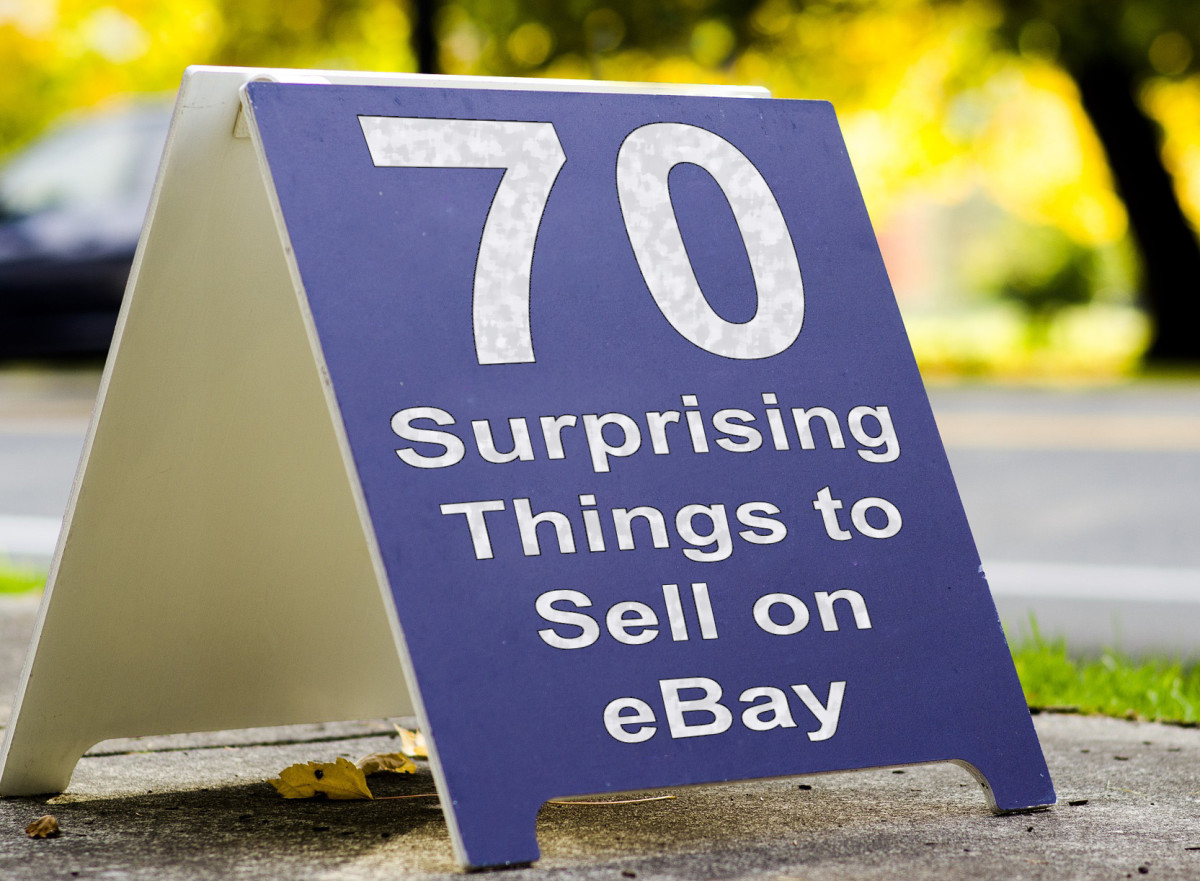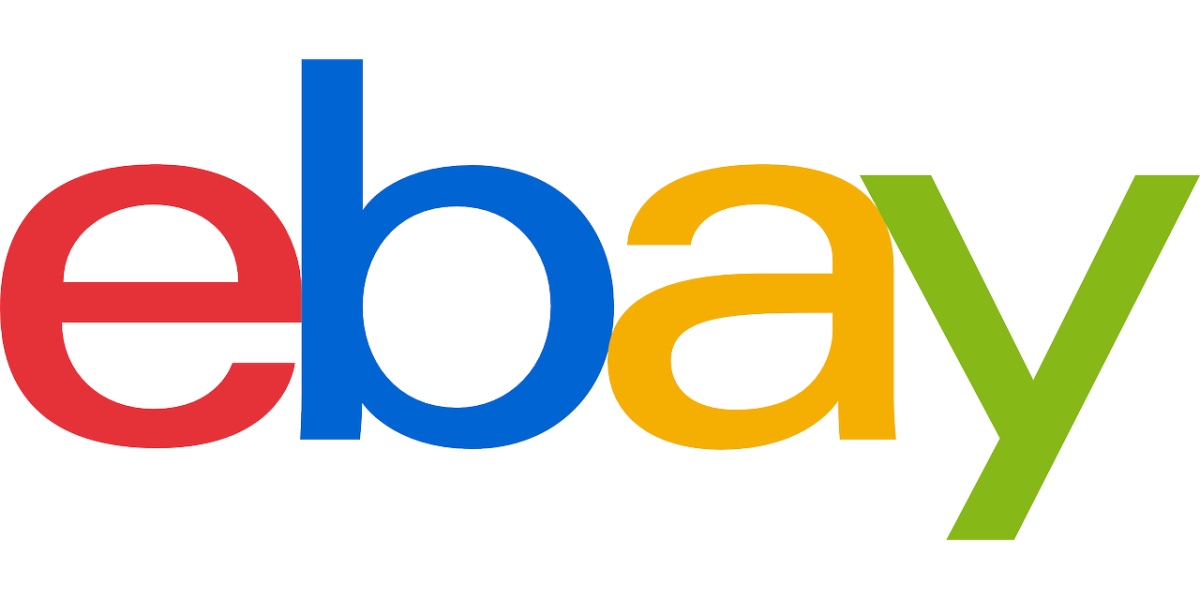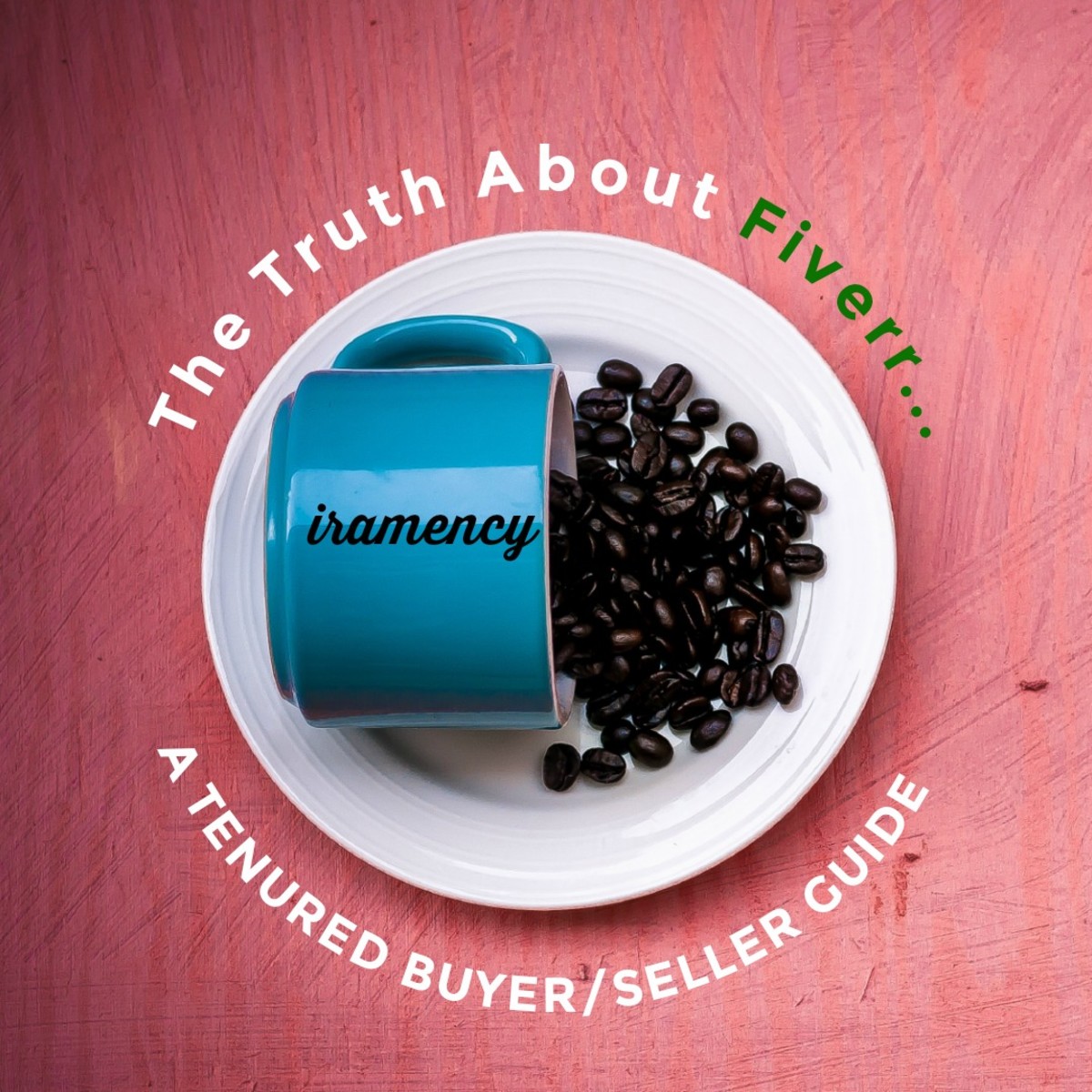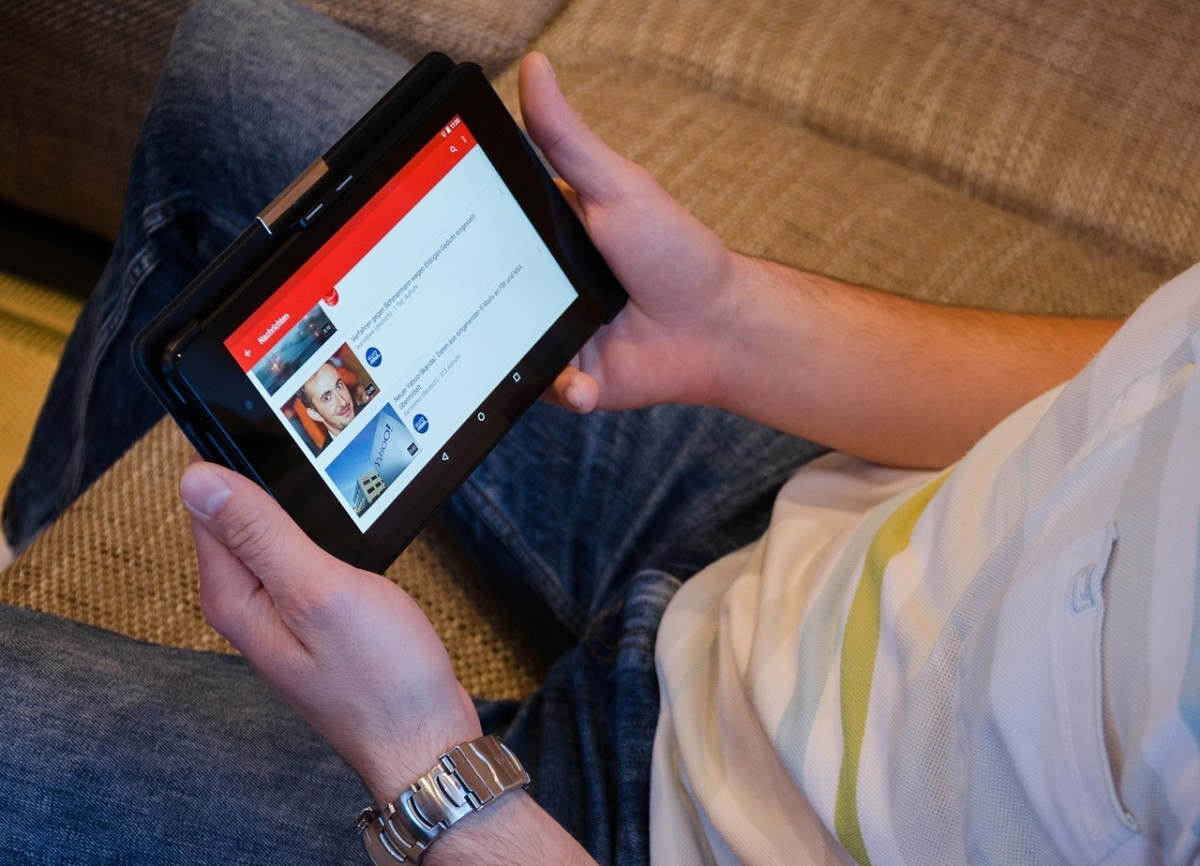What eBay's New Grouped Listing Format Means For Your Business
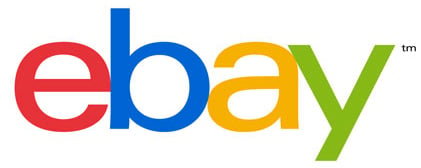
Out With The eBay, In With The Amazon?
Say what you will about eBay, but at some point you need to look at your competition. It is no secret that Amazon is the kingpin of online eCommerce sales. Because of this status, many marketplaces are trying to emulate Amazon qualities into their shopping processes. eBay is no different in this matter. eBay has consistently been losing market share of eCommerce sales as more and more players move into the market. So why should your business care about eBay's transition to grouped listings? Well, a lot actually. This will fundamentally change the way buyers on eBay search for listings. Before, there were a lot of filtering options that buyers can choose from. Grouped listings will effectively limit these options.
What Are Grouped Listings?
eBay is breaking with its long time used format of user specific listings. Slowly being doled out over 2018, eBay is grouping like listings together using a product's identified UPC. As of right now, grouped listings are only applied to certain categories, "Buy It Now", and "New" product listing formats. Some users have seen the change already, but are able to switch back to the old style of display listings if desired. Grouped listings allows a user to view all buying options on one simple page, much like an Amazon page. eBay has included specific "Buy Box" options with eBay's Pick and Cheapest as the primary buying options. Users can also view other sellers selling the product, but will need to click further to view them.
How Do I Appear In eBay's New Grouped Listings Buy Box?
Simply put, it's all about your price and seller rating. If you have the lowest price in Buy It Now or "New" auction format, you will be featured in the Cheapest buy box slot. If you have the best seller rating out of all sellers selling that item, then you will own the "eBay's pick" buy box slot. It is as simple as that. There's no special algorithm (like Amazon's) that dictate eBay's new buy box. It is simply pure statistical and historical seller feedback data. The best method to appear in the new buy box is to have the best rating out of all the sellers. "eBay's Pick" is the default option on the new grouped listings layout. It is best to take a look at your eBay rating and see what you can do to get this increased. All it takes is 0.1% to get knocked out of the default buy box.
It is impossible to hold both the default eBay's Pick buy box and cheapest buy box. If you have the cheapest price, eBay will default you to win that buy box instead of "eBay's Pick".
The image below showcases the selected seller as the cheapest buy box winner with a "new" auction format. They sell the same item and have a higher rating (99.4% to 99.3%) against the other seller who holds "eBay's Pick".
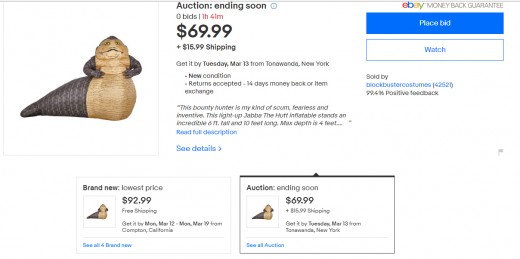
What Types of Sellers Will be Effected?
If you're a seller who deals in cheap products from China, this change may impact you negatively. As items imported from China do not necessarily have a common UPC, your listing will still show up on its own, but is most likely not going to be the first "top" listing anymore. Further, if you do happen to have your own UPC's and use them on an item, other sellers who sell the same item, could hijack your eBay listing and drop the price significantly to the point where it no longer makes sense for you to keep selling that item. You're then out however much you invested to get that product plus the time it took to list it.
If you're a seller who deals in antiques and auction listings, you're more likely to see a positive change. Auctions are run separate from "Buy It Now" type of listings, which becomes a sort of saving grace for this type of seller. However, if your item is "New" and is an auction format listing and also has the associated product UPC, then you may be featured in the cheapest buy box slot. Antique dealers usually do not have a UPC on their old item, which is what the grouped listings platform is based on.
The sellers who will be most effected are ones who sell new items from developed suppliers. Each of their new items have a standard UPC label on each of their products and can resell them after buying them at wholesale prices for a markup. These sellers are a stable business and have been in the eCommerce game for a few years and have developed supplier relations. Depending on their business practices, this may significantly hurt or help their bottom line on eBay. In the end, eBay is determined to bring in more users with this new method of grouped listings.
What do you Think?
Answer the poll below and then leave a comment for further discussion. Is eBay heading in the right direction for the future of eCommerce? Although eCommerce sales are rising, they only account for 10% of retail sales. Can eBay stay competitive as eCommerce sales increase, more marketplaces are emerging, and the Amazon machine continues to steam ahead?



